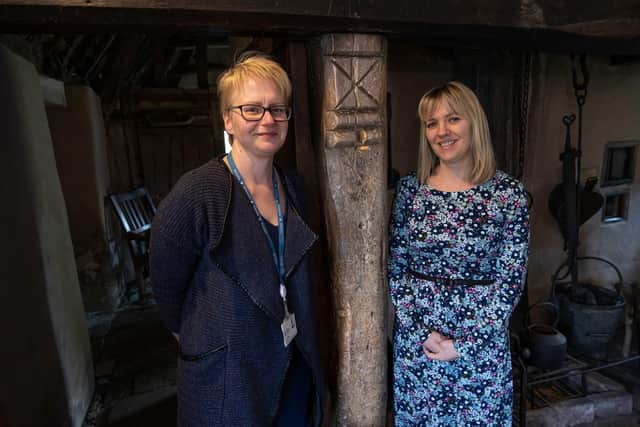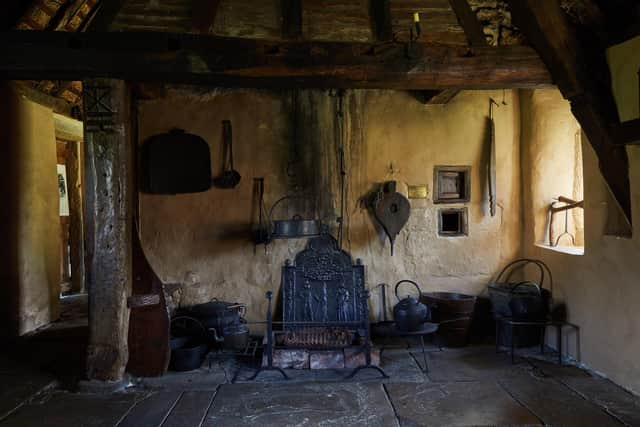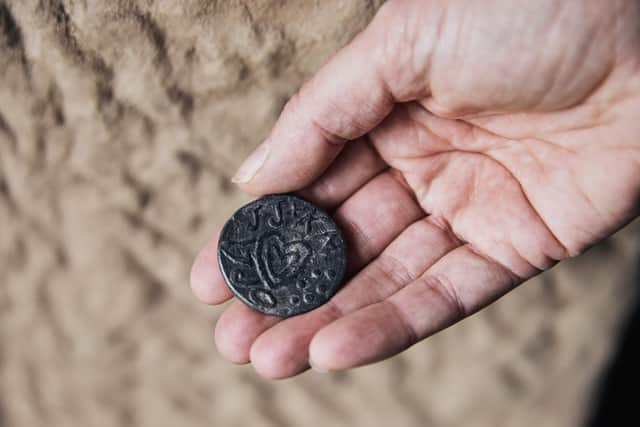Exploring North Yorkshire's hidden folklore of witchcraft and ghouls
Now, as part of a month-long campaign celebrating local history in North Yorkshire, these old fables and myths are to be shared once more.
Featured among them there are the rare witch posts of Ryedale, Craven’s curious howlet, a “horrible troll” and the ghosts and ghouls of Edwardian Kirkbymoorside.
The council’s library service has teamed up with artists, storytellers, and museums to share the county's rich history of folklore to the end of May.


Coun Simon Myers, executive member for libraries, said: “Many villages and towns have traditional stories about wise old women, hermits, hobs and fairies or sightings of ghostly apparitions and strange beasts roaming the Moors and Dales.
“This annual campaign provides an opportunity for local people to explore the county’s heritage. Every North Yorkshire community has a story to tell.”
In Hutton-le-Hole, the Ryedale Folk Museum has three unusual carved oak columns. Known as witch posts, they are said to hold the power to prevent evil, and fewer than 20 exist.
Traditionally a witch post is defined by the St Andrew’s cross carved into the surface at the top. The purpose of the cross is believed to have been to protect the hearth and house from the malign influence of witches.


Pickering Library will host a talk exploring the witches’ heritage on the Moors on Friday.
In Craven, the Yorkshire Dales Millennium Trust has donated packs of story trails, exploring tales of a hidden giant, howlet and boggart around Stainforth, Ribblehead, Clapham and Feizor, which can be collected from local libraries for a small donation.
Skipton Library holds in its archive the spell book of Timothy Crowther, who was both Skipton’s town clerk and “cunning man” in the late 1700s.
Dr Tabitha Stanmore, a historian from the University of Exeter who specialises in magic and witchcraft in mediaeval and early modern England, will explore the life of Crowther and the role magic played in 18th century Britain at Skipton Library on May 18.


Maps, recipes and remedies with pop-up archive displays from the North Yorkshire County Record Office can be viewed on set days at libraries in Skipton, Whitby and Richmond.
The Knaresborough Mummers will share ghost story readings, the Whitby storyteller will give a talk on local legends and folklore, and Northallerton Library is to host dragon-themed story-telling workshops by Hoglets Theatre.
The Kirkbymoorside History Group is also leading guided walks on the town's hidden histories featuring tales of local ghosts.
For a full schedule, visit northyorks.gov.uk or visit local libraries' Facebook pages.